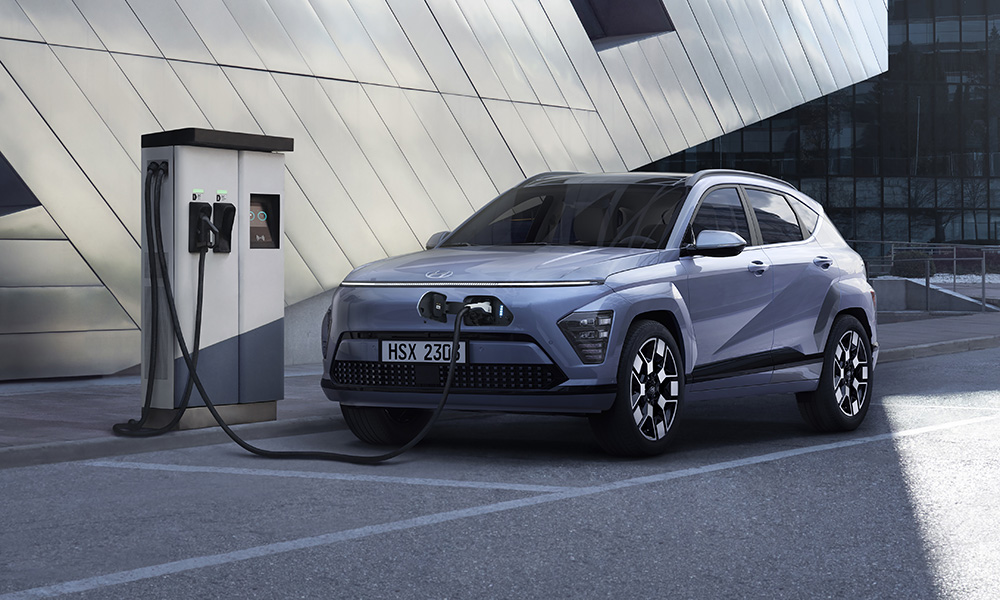
Last December, Hyundai revealed the updated Kona, saying that it was coming as an EV first. Now, the Korean manufacturer has given us more information about this redesigned crossover.
The new Kona is now slightly bigger than its predecessor. It has a length of 4,355mm, a width of 1,825mm, and a height of 1,575mm to make room for a more spacious interior. The car rests on 17- or 19-inch tires with a wheelbase of 2,660mm. Without an ICE, the front trunk has 27L of storage, while the rear trunk has 466L of space.
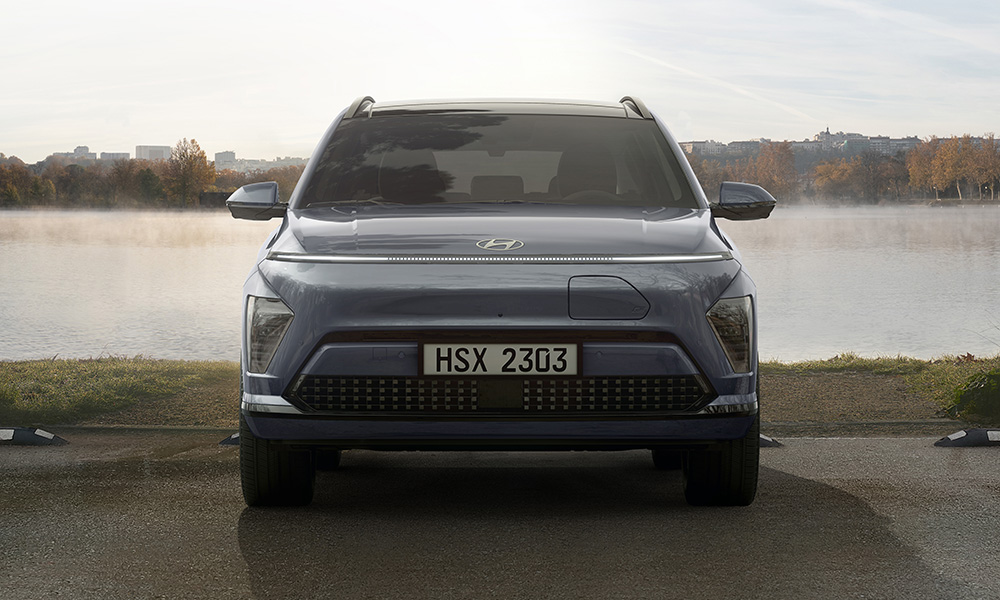
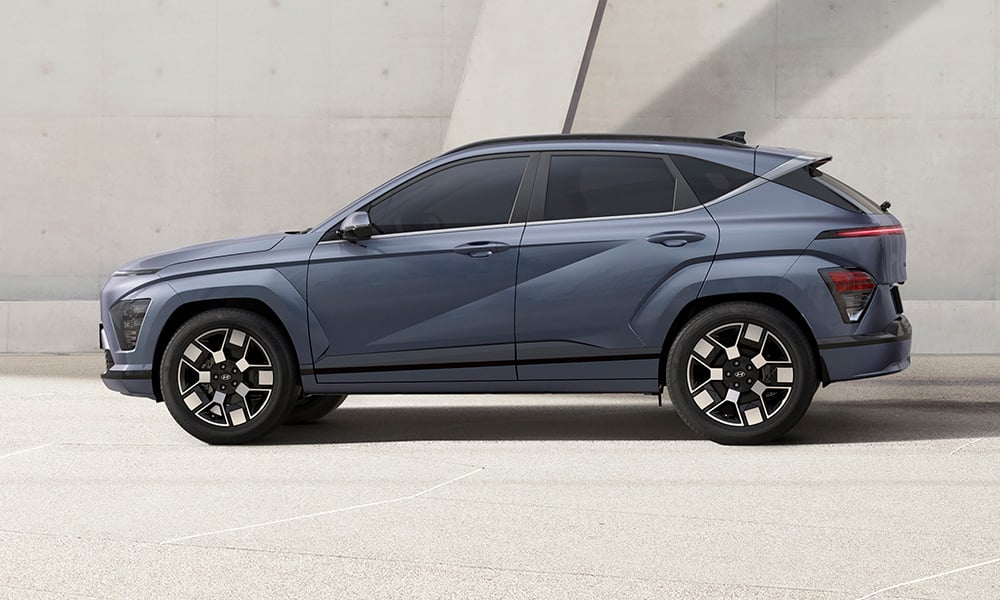
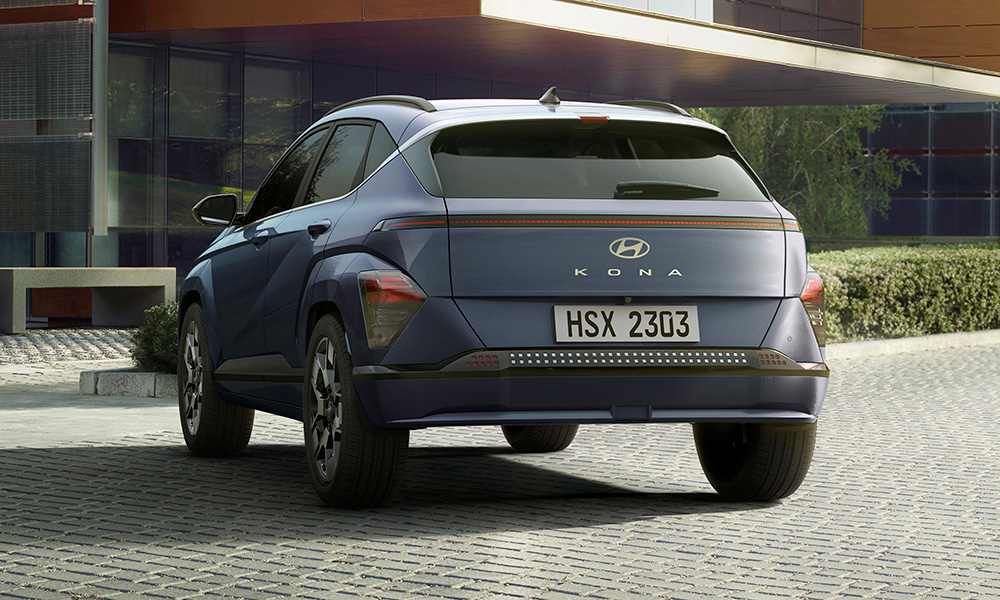
The EV version comes with a standard–range variant and a long–range variant. The former has a motor output of 114.6kW (154hp) and a 48.4kWh battery. The latter produces 160kW (214hp) with a 65.4kWh battery for a maximum range of up to 490km. Both are two-wheel drive and produce 255Nm of torque, but no range has been given for the standard variant.
Charging time from 10% to 80% takes 41 minutes with a fast charger at 400V. Similar to the Ioniq 5, the Kona also has a Vehicle-to-Load function that lets it supply energy at a rate of 3.13kVA (Europe), 1.63kVA (North America), or 3kVA (Korea) with ports at the rear center console and at the vehicle charging port. Battery preconditioning is present to protect the electronics in temperatures as cold as -30°C (not that we’ll need that here in the Philippines).
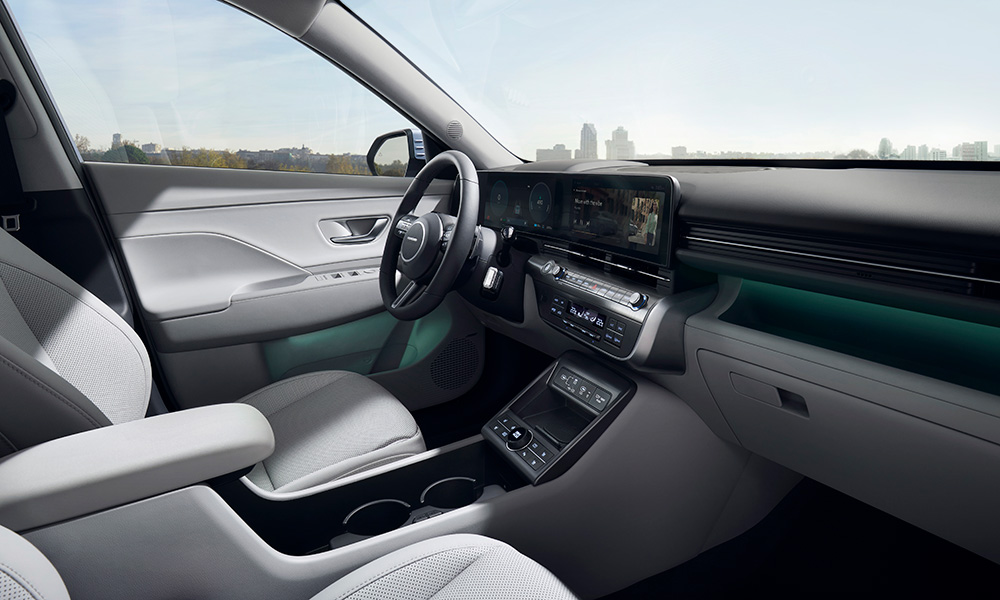
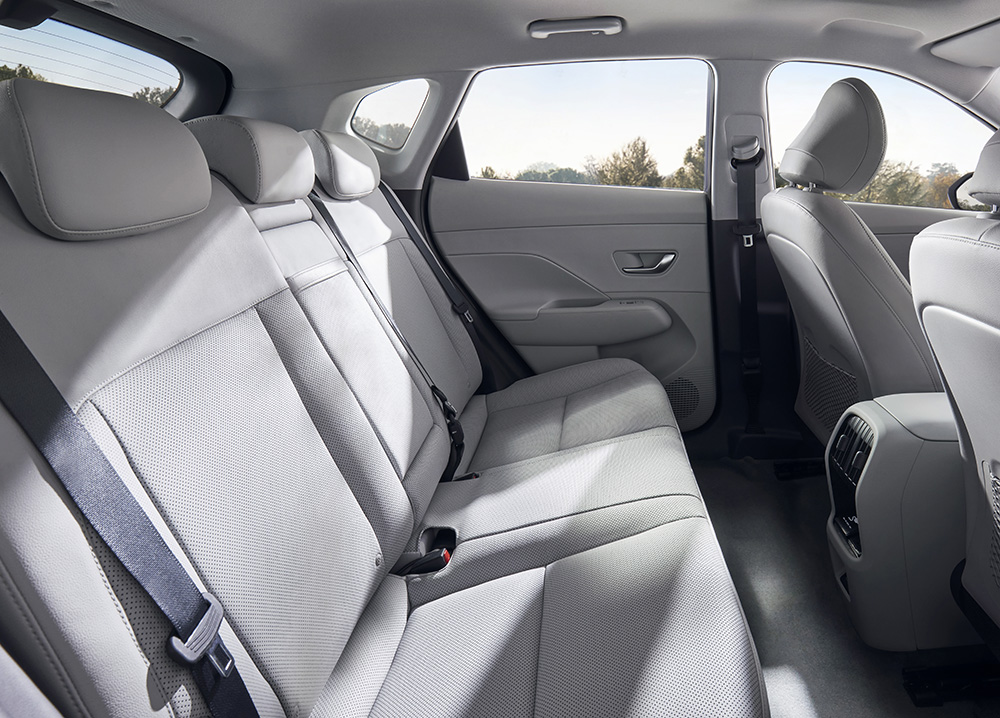
Hyundai makes it clear that the Kona is a car of the future. The Digital Key 2 Touch uses near-field communication on smart devices to lock/unlock and to start the vehicle. The infotainment system has a 12.3-inch panoramic display, along with an eight-speaker Bose sound system.
The 12-inch projection of the heads-up display gives the driver all the necessary information without distraction. Meanwhile, the Active Sound Design uses audio cues to make the driving experience more immersive.
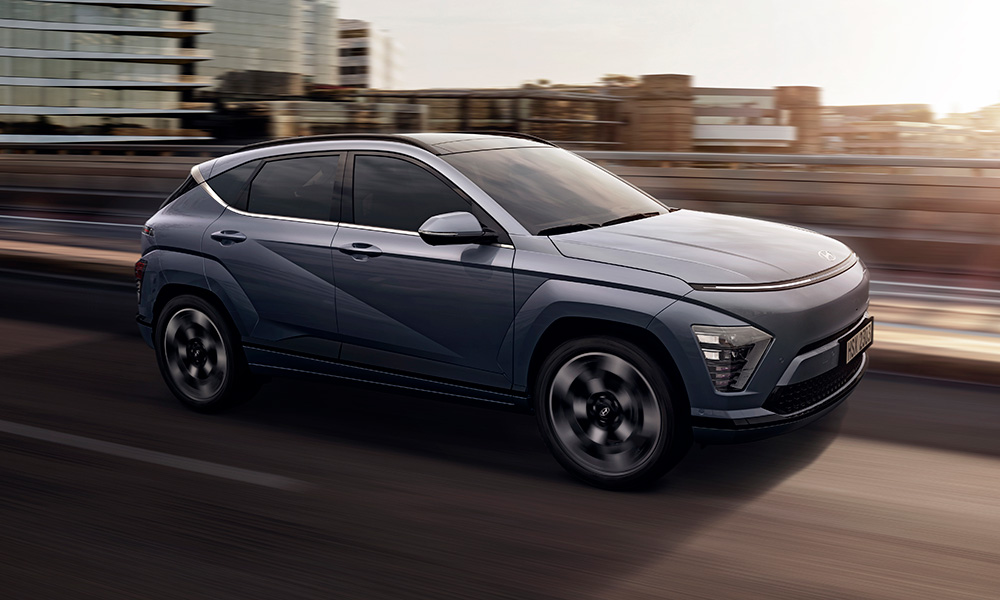
The i-Pedal driving mode lets drivers accelerate, decelerate, and stop using only the accelerator pedal, while the Smart Regenerative System controls the strength of the regenerative braking based on the traffic in front.
The Kona comes with Hyundai’s SmartSense suite of features for safety and convenience. In addition to the usual assists, the Driver Status Monitor uses an internal camera to analyze the driver’s face to alert him or her in case of drowsiness or distracted driving. The Remote Smart Parking Assist lets drivers move the vehicle forward or backward with the press of a button, useful when parking in tight spaces.
Car maintenance is no longer limited to the service center as over-the-air updates wirelessly deliver the latest software and features such as Hyundai’s Bluelink streaming service.
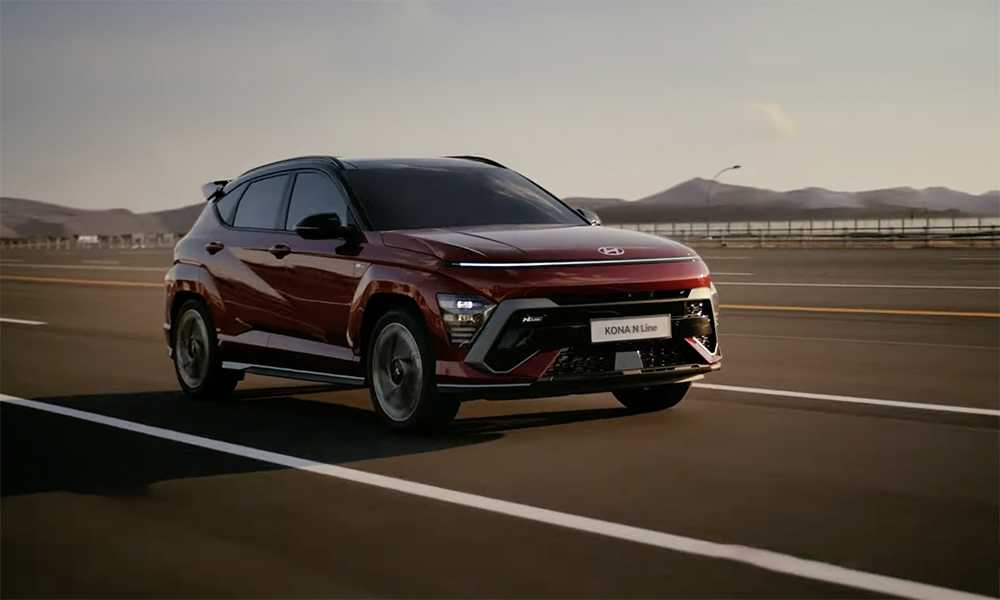
So far, no release date and price have been announced for the new Kona. But Hyundai has indicated that vehicles painted in Denim Blue Pearl, Denim Blue Matte, and Sailing Blue Pearl will begin mass production in November 2023. There will also be ICE and hybrid versions down the line, as well as a Kona N for each powertrain.
Would you like Hyundai Motor Philippines to bring over the new Kona here?

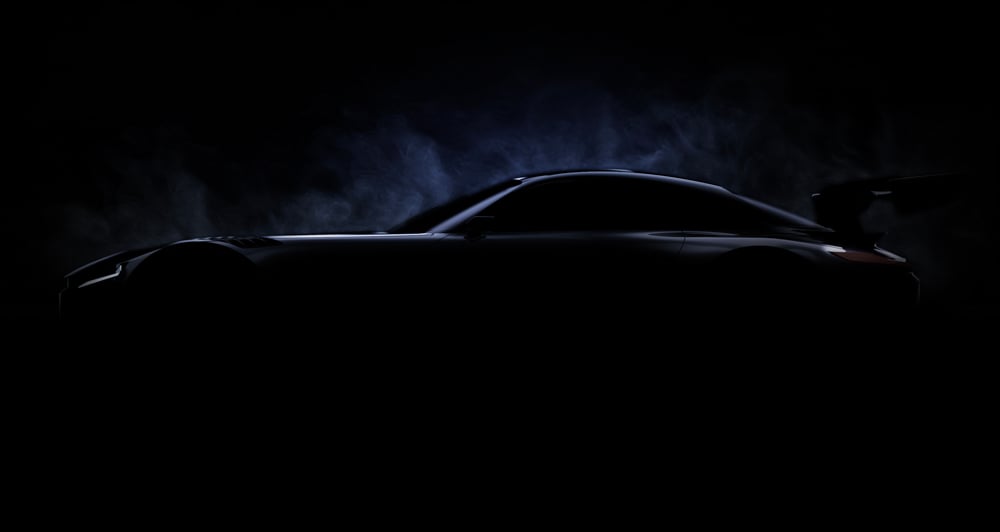
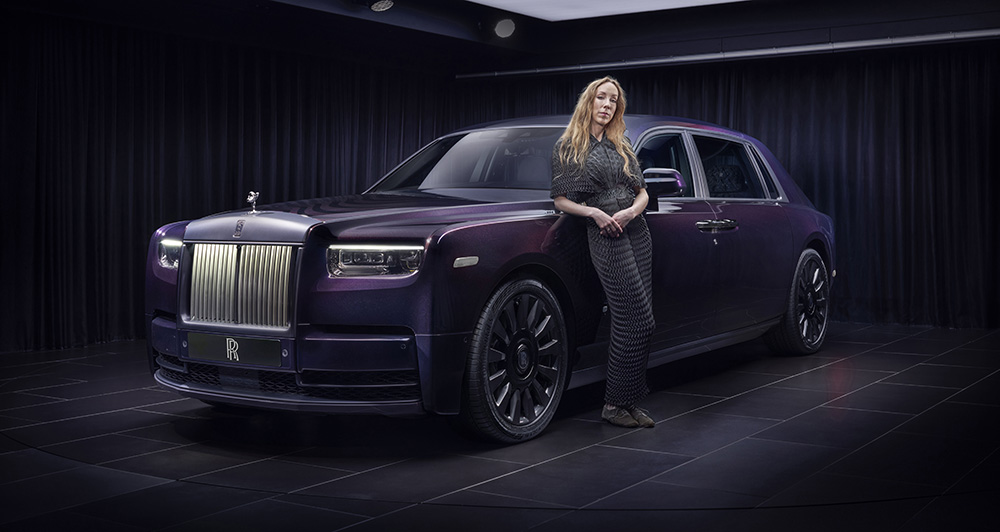

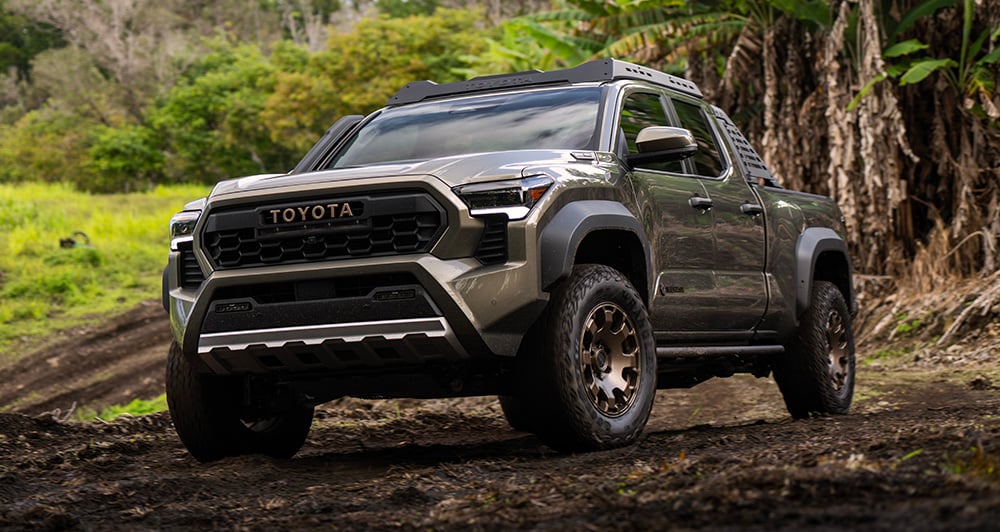
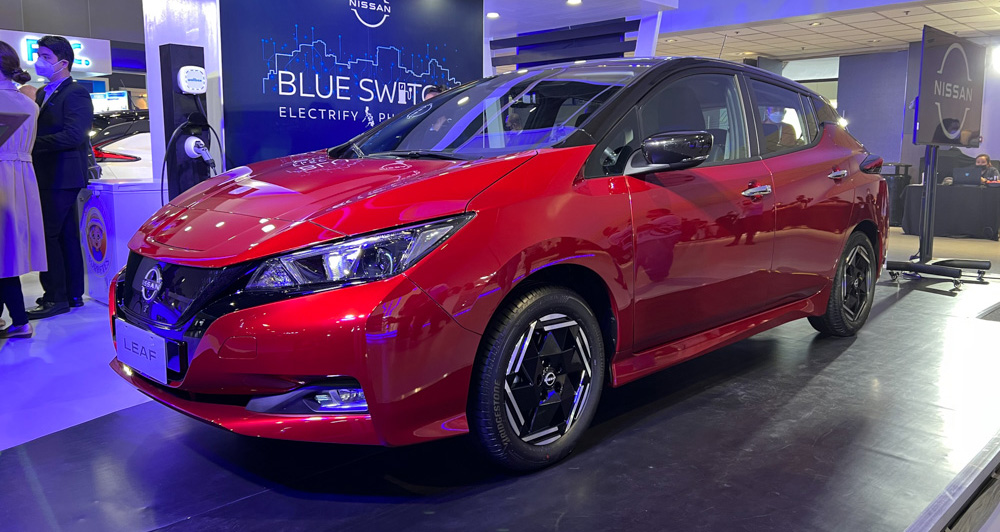

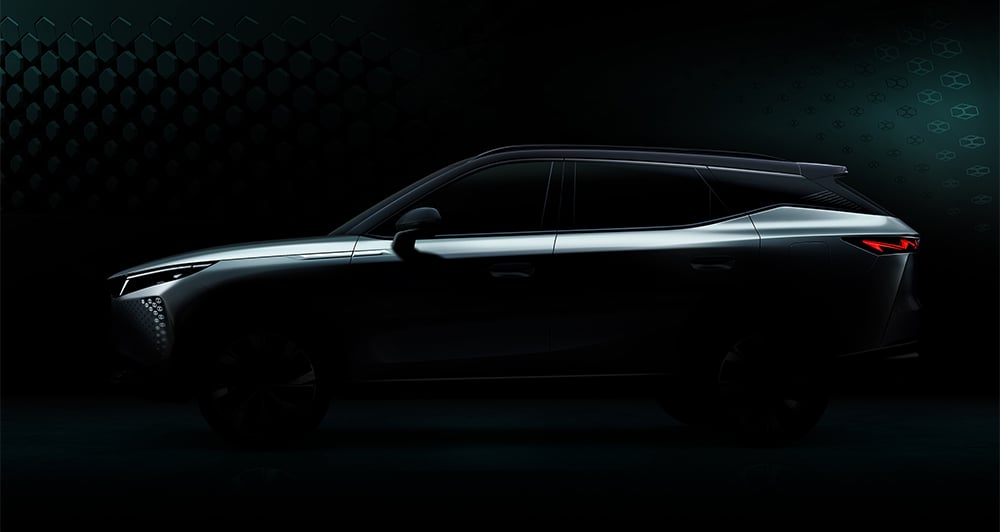
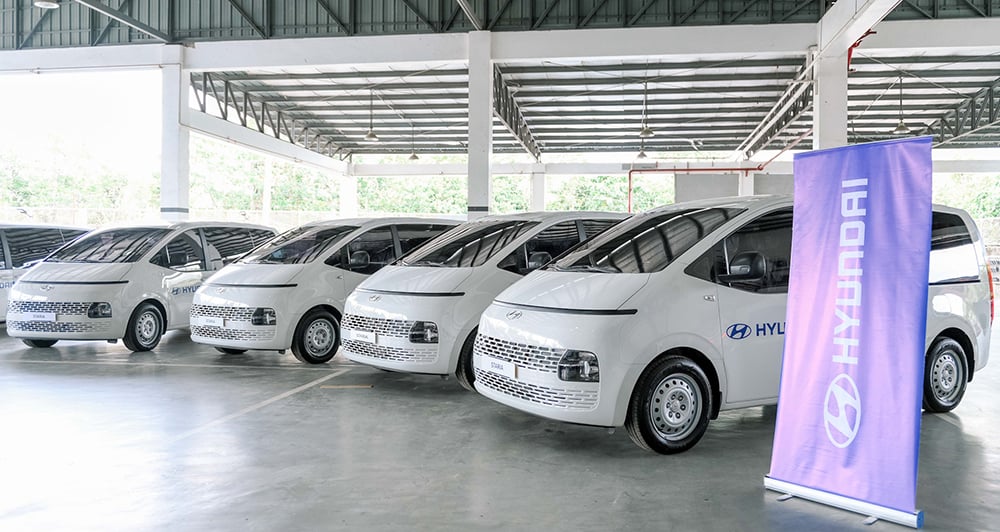


Comments